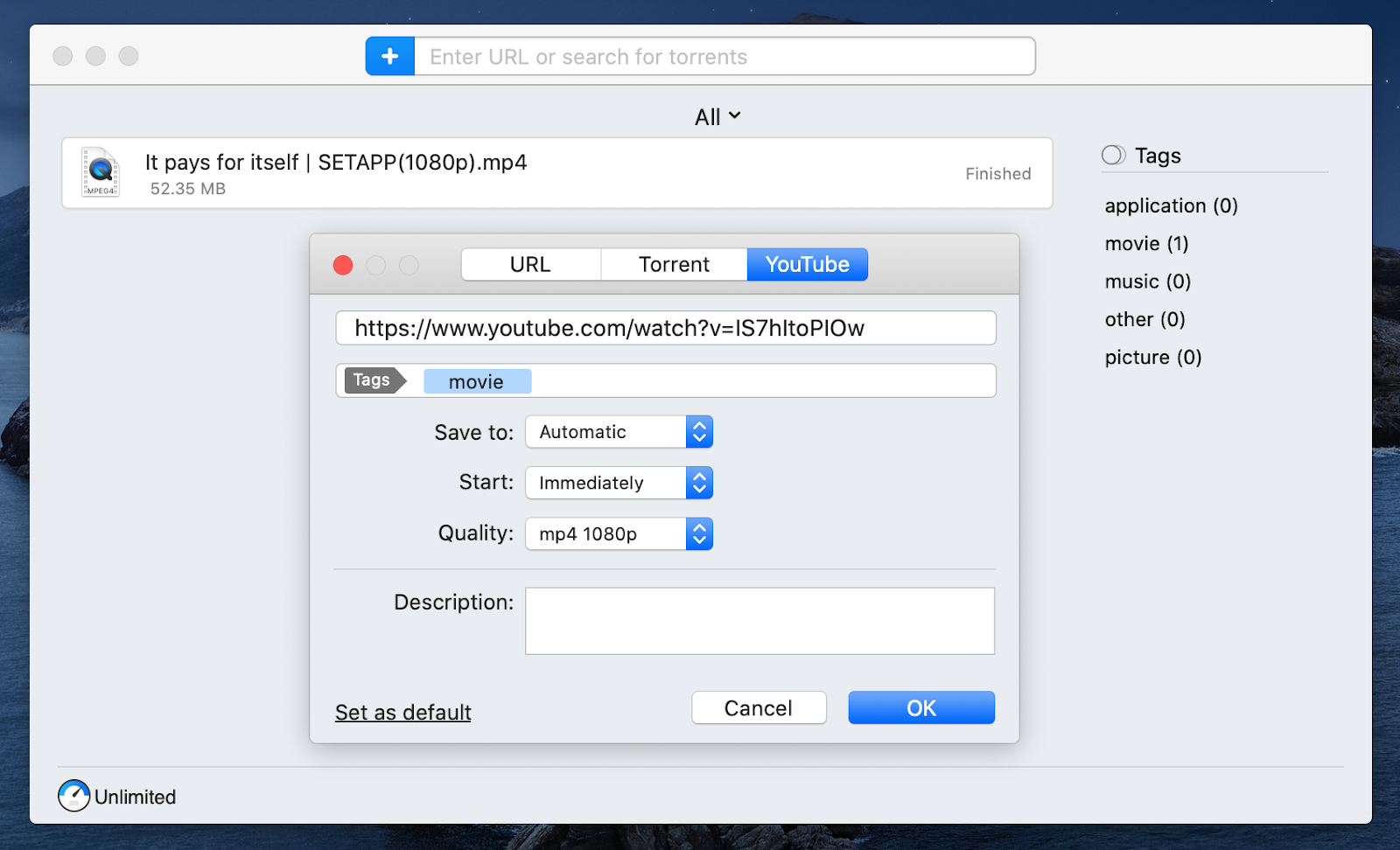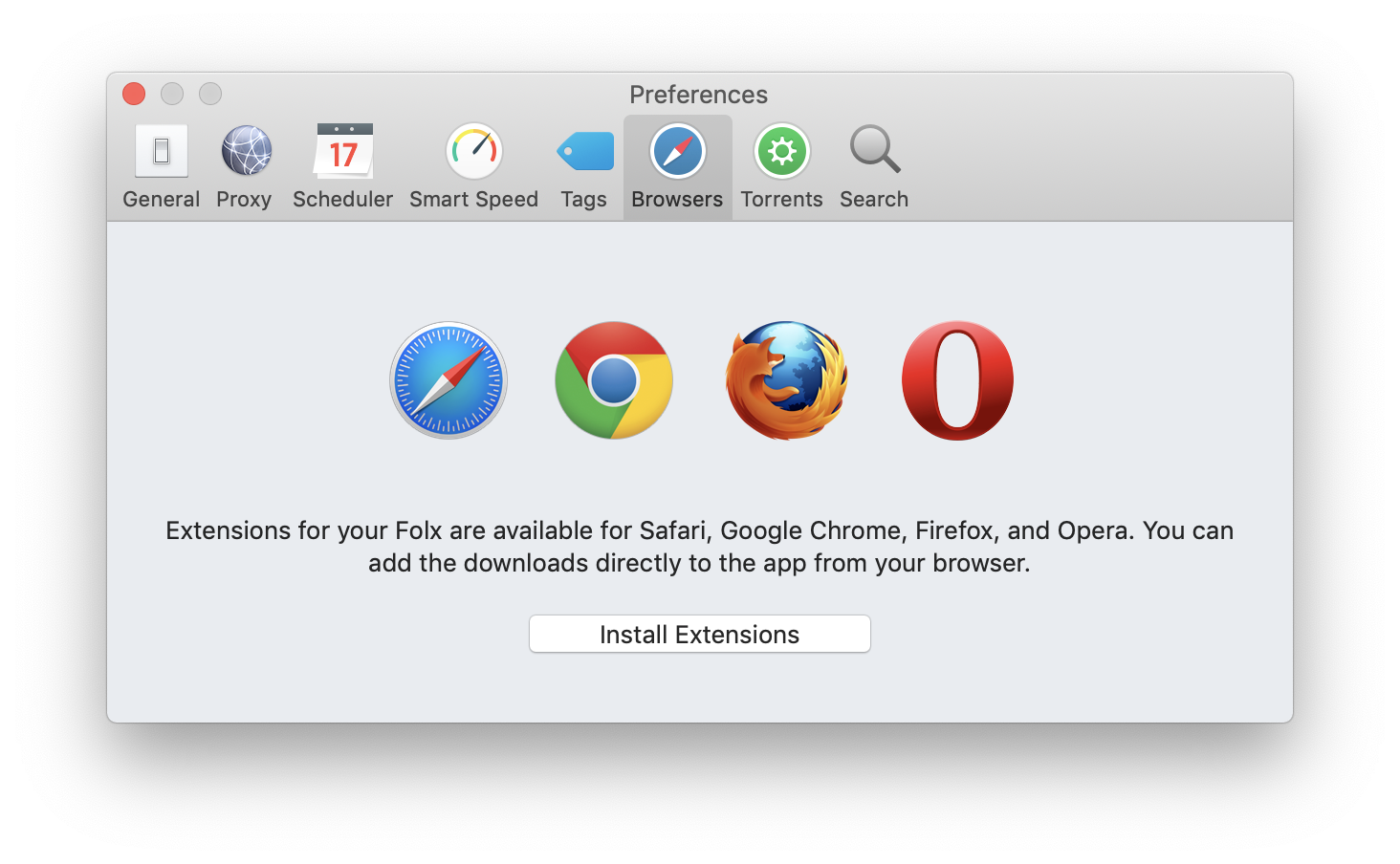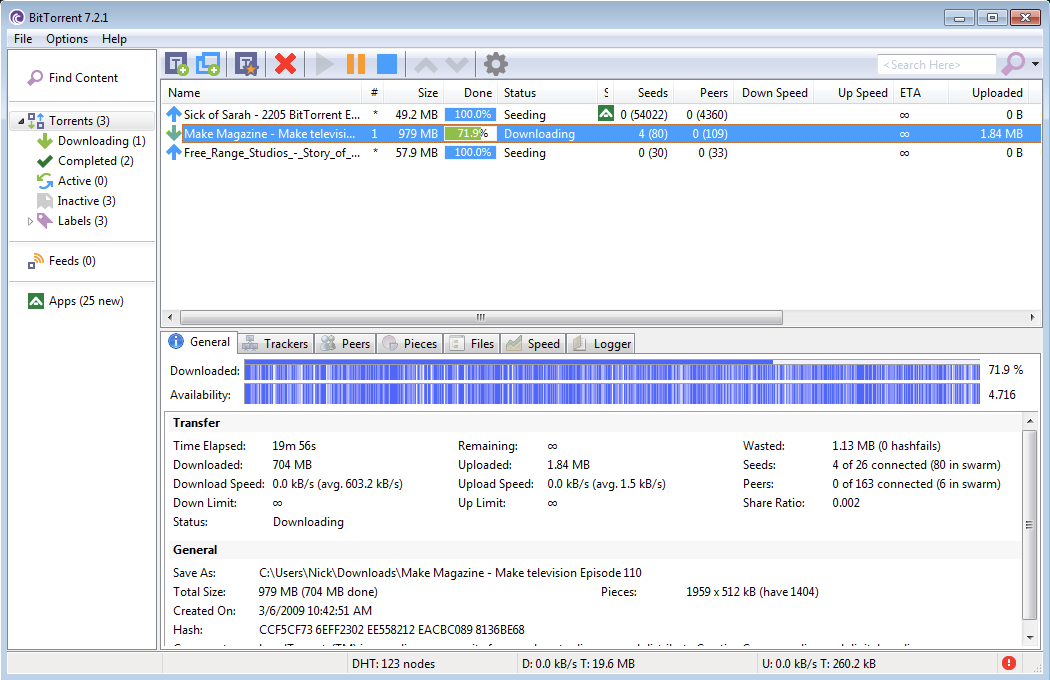7 Speed Reading Torrent Mac
7 Speed Reading for Mac – Spy Photos
Every day at eReflect, we’re inundated by requests for a Mac version of 7 Speed Reading. And for good reason. Over 20% of our target web visitors are now using Macs and there’s a severe lack of decent speed reading software in the OSX space. To many Mac users, having the world’s most acclaimed speed reading software available on their Mac would be a dream come true. Rest assured, it’s a dream we have been working very hard on…
Speed reading is a skill that almost seems like a superpower. The ability to quickly read and comprehend books, articles and other written materials would be life-changing for a lot of us. Feb 18, 2020 When you order, they will attempt to upsell you 7 Speed Reading software as a “one time offer.” If you are interested in speed reading, you may want to research this program before hand. The program is cloud-based and the subscription appears to end in 3 years.
Over last 12 months, we have been working to create a Mac version of 7 Speed Reading. And today, we’re excited to announce that we’re going to “leak” some spy photos of the software. Below, you can see the full version of 7 Speed Reading running like a dream on Marc’s MacBook Air.
Now for the question on everyone’s lips: when will it be released? We can’t give a definite date just yet, but it will almost certainly be before the end of June. The software is essentially finished. But we need to take it through a rigorous process of testing and quality assurance. We are working on this now (in fact we have contracted four different companies to test the software, in addition to putting three of our own software testers on the job).
Thanks for all the requests and support from the Mac people – we can’t wait to serve you!!!
Seven years ago, I read some books and articles on speed reading and started practicing some of the methods. I found I was able to increase my reading speed from 450 word per minute to 900 in the drills, so I published an article entitled, Double Your Reading Rate, which has since become one of the most popular on this website.
When I wrote the piece, I based the article purely on my personal experience along with the how-to books I had read. I didn’t have any solid scientific research to back my experiments.
Since that time, I’ve had some lingering doubts about speed reading. In addition to seeing some flickers of research that made me suspicious about speed reading programs, I had mostly stopped using the techniques I originally advocated. My reading diet had switched from lighter self-help, to denser and more academic writing. That meant comprehension, not speed, was the bottleneck I was trying to improve.
Now, nearly a decade later, I decided to do some in-depth research into speed reading to bring you the facts.
Is It Possible to Read 20,000+ Words Per Minute?
Some speed reading claims can be tossed aside immediately. Claims that you can read a book as fast as you can flip through a phone book are completely impossible on anatomical and neurological levels.
First we have anatomical reasons to throw out absurdly high reading rates. In order to read, the eye has to stop at a part of the text, this is called fixation. Next, it must make a quick movement to the next fixation point, this is called a saccade. Finally, after you jump a few points, the brain has to assemble all this information so you can comprehend what you’ve just seen.
Eye-movement expert Keith Rayner, argues that even going beyond 500 words per minute is improbable because the mechanical process of moving your eye, fixing it and processing the visual information can’t go much faster than that.
Speed reading experts claim that they can work around this problem by taking in more visual information in each saccade. Instead of reading a couple words in one fixation, you can process multiple lines at a time.
This is unlikely for two reasons. One, the area of the eye which can correctly resolve details, called the fovea, is quite small—only about an inch in diameter at reading distance. Processing more information per fixation is limited by the fact that our eyes are rather poor lenses. They need to move around in order to get more details. This means that eyes are physically constrained in the amount of information they achieve per fixation.
Second, working memory constraints are at least as important as anatomical ones. The brain can hold around 3-5 “chunks” of information at a time. Parsing multiple lines simultaneously, means that each of these threads of information must remain open until the line is fully read. This just isn’t possible with our limited mental RAM.

7 Speed Reading Torrent Mac Os
What about systems like Spritz? Spritz works by trying to avoid the problem of saccades. If each word appears in the same place on the screen, your eye can stay fixed on that point while words flip through more quickly than you could hunt them down on a page. Indeed, using the application gives a strong impression that you can read very quickly.
Their website claims to have research showing faster reading speeds, but unfortunately I was not able to find any independent, peer-reviewed work substantiating these claims.
Working memory constraints here too, enforce a limit on the upper speed you could use Spritz and still be considered to be “reading” everything. Remember reading was a three step process: fixate, saccade and process. Well that processing step slows down regular reading too. If there are no pauses in the stream of words, there isn’t enough time to process them and they fall out of working memory before they’re comprehended.

Is It Possible to Make Moderate Speed Gains Through Training?
The evidence is clear: anything above 500-600 words per minute is improbable without losing comprehension. Even my own perceived gain of 900 word per minute meant that I was probably losing considerable comprehension. This was masked because the books I was reading had enough redundancy to make following along possible with impaired comprehension.
However, according to Raynor, the average college-educated reader only reads at 200-400 words per minute. If 500-600 words forms an upper bound, that does suggest that doubling your reading rate is possible, albeit as a hard upper limit. Can we still get moderate speed reading gains?
There seems to be some mild evidence here in favor of speed reading. One study of a course had some students quadruple their speed. Another study showed some speed reading experts reading around the 600 word per minute level, roughly twice as fast as a normal reader.
However there’s a trap here. Speed reading may possibly make you a faster reader, but it’s not clear the speed reading techniques are the cause. Second, speed reading trainees tended to read faster, with less comprehension, than non-speed readers. Since measuring comprehension is more difficult than speed, I believe many new speed readers can fall into the trap I did: believing they’re making an unqualified doubling of their reading rate, when in reality, they are doing so at a significant tradeoff of comprehension.
Do Speed Reading Techniques Work?
If the evidence suggests that reading faster may be possible, albeit more modestly, it casts a much harsher light on certain speed reading dogma. The most dangerous is the idea that subvocalization should be avoided to read faster.
Subvocalization is the little inner voice you have when reading that speaks the words aloud. When you started reading you probably spoke out loud with that voice, but you learned to silence it as you got older. If you turn your attention to it, however, you can still hear yourself making the sounds of the words in your head.

Speed reading experts claim that subvocalization is the bottleneck that slows down your reading. If you can learn to just recognize words visually without saying them in your inner voice, you can read much faster.
Here the evidence is clear: subvocalization is necessary to read well. Even expert speed readers do it, they just do it a bit faster than untrained people do. We can check this because that inner voice sends faint communication signals to the vocal cords, as a residue of your internal monolog, and those signals can be measured objectively.
It’s simply not possible to comprehend what you’re reading and avoid using that inner voice. So reading faster means being able to use this inner voice faster, not eliminating it. To further that, expert speed readers who were studied also subvocalized, they just did it faster.
The other main recommendation I made in my speed reading article was using a pointer. This means moving your finger or a pen to underline the text as you read it. This technique is supposed to help you make eye fixations and reduce the random wandering of the eye which can waste time. One study suggests that this apparent function isn’t realized, and that the pointer functions as a pacing device, while actual eye fixations are uncorrelated with pointer or hand movements.
If You Shouldn’t Speed Read, How Should You Read Better and Faster?

In my research for this article, I did find a couple factors that were associated with better reading speed, without sacrificing comprehension. None of these are magic fixes for your reading woes, but a mild treatment that works is better than a fantastic one which doesn’t.
Reading Tip #1: Skim Before You Read
Many speed reading courses are actually teaching skimming techniques, even if they package it as “reading” faster. Skimming is covering the text too fast to read everything fully. Instead, you’re selectively picking up parts of the information.
Skimming, isn’t actually a bad method, provided it’s used wisely. One study found that skimming a text before going on to reading it, improved comprehension in the majority of cases.
Reading Tip #2: Improve Your Fluency to Improve Your Speed
Fluent recognition of words was one of the major slowing points for readers. Subvocalization, that mythical nemesis of speed readers, is slower on unfamiliar words. If you want to speed up reading, learning to recognize words faster seems to improve your reading speed.
Fluency isn’t just an issue for reading in your non-native language. It also matters for technical documents or prose which uses unfamiliar vocabulary. If I’m reading a text that uses jargon like mRNA, or obscure words like synecdoche, I’m going to pause longer. That will slow my reading speed down.
The best way to improve fluency is to read more. If you read more of a certain type of text, you’ll learn those words faster and read better. If you’re a non-native or fluency significantly impacts your reading speed, then even a tool like Anki may be useful for learning hard words.
Reading Tip #3: Know What You Want, Before You Read It
Part of the reason skimming first might appear to help is that it allows you to map out a document. Knowing how an article or book is structured, then, allows you to pay more attention to the things you think are important.
Another tip offered in a lot of speed reading courses, which is likely good advice, is to know what you’re trying to get out of a text before you read it. Thinking about this before you start reading allows you to prime yourself to pay attention when you see words and sentences that are related. Even if you’re reading at a speed which has some comprehension loss, you’ll be more likely to slow down at the right moments.
7 Speed Reading Torrent Mac 10
This isn’t always possible. I read a lot of books unsure about what I want to discover in them. Fiction and reading for pleasure can’t be reduced to a mission objective. However a lot of bland, necessary reading in our lives fits this type. Speeding it up might be worthwhile if it leaves us more time for reading with curiosity.
Reading Tip #4: Deeper Processing Tasks to Improve Retention
Sometimes you don’t want speed at all—you want near full comprehension. When I was in school, I needed to read most textbooks in a way that I could retain nearly every fact and idea I encountered later. It’s not just full comprehension you want, but long-term memory of the information.
Here cognitive science offers some suggestions. A principle of memory is that we remember what we think about. So if you want to remember the ideas of a book, highlighting bolded passages isn’t the best idea. Highlighting causes you to think about bolded words, not what they means.
Some alternatives are taking paraphrased, sparse notes or rewriting factual information you want to remember as questions to self-quiz later.

7 Speed Reading Torrent Mac Software
Conclusion
I was wrong. Subvocalization shouldn’t be avoided. Doubling your reading rate may be possible from a lower range (250 to 500 words per minute, for example), but it’s probably impossible to go beyond 500-600 words and still get full retention. Speed reading may have some redemption as an alternative to skimming text, but even here the benefits come from how speed readers conceptually organize the text, and not on the mechanics of eye movements.
In terms of accuracy, my original article hasn’t aged too well. In my more recent courses, I still teach speed-reading, but I had already shifted mostly to the speed-reading-as-intelligent-skimming paradigm which is a bit more defensible. Still, I’ll be sure to include this research in any new courses I develop.
I apologize to any readers who may have gotten outsized hopes about what speed reading could accomplish. My goal, as always, isn’t to present a fixed dogma of what it takes to learn better, but to research and experiment with new ideas. Unfortunately, sometimes that’s a path that dead-ends or winds back on itself. In any case, I’ll always do my best to share whatever I find with you.